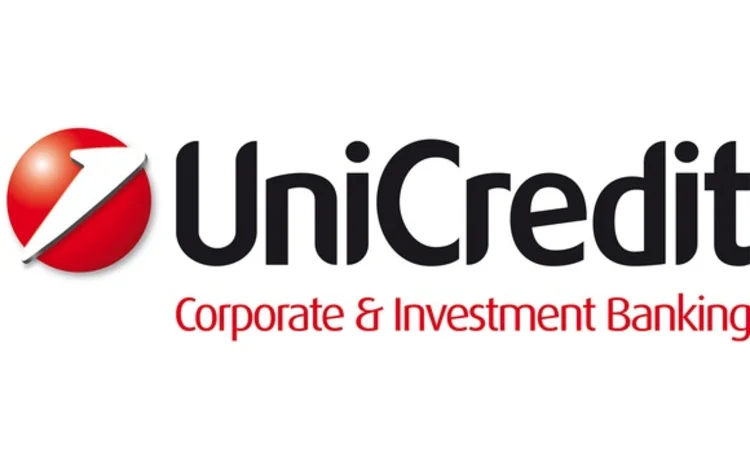
Sponsored statement: UniCredit

Statistics released by the German Derivatives Association show that the market volume of credit-linked notes (CLNs) increased by 12% last year, and reached EUR 4.5 billion in June 2011, with most of the CLNs referencing German underlyings. CLNs often show higher returns than the comparable corporate bonds. The return of a recently issued four-year CLN referencing Volkswagen AG (VW) stands at 3.75% per annum, whereas the comparable VW bond, currently offered at 116.90%, yields at 2.70% per annum only. New issues of corporate bonds are sometimes oversubscribed and are therefore difficult for private investors to get their hands on. CLNs score points through the fact that they are geared to investors’ needs, unlike corporate bonds, which are based on the financing requirements of the issuer.
Basic structure
CLNs have a clear structure with three components: funding – issuer’s liquidity premium; interest – market interest rate; and credit – credit default swap premium. The issuer receives 100% of the notional from the investor at issuance. By purchasing the CLN, the investor accepts the default risk of the reference entity in addition to the issuer default risk, and must therefore be convinced that neither the reference entity nor the issuer will default during the term of the CLN. As long as there is no default, the investor receives interest payments over the term that are generally higher than those from the comparable bond and, at maturity, the invested capital is fully redeemed.
The credit events are clearly defined in the terms and conditions of the CLN and in the product information sheet. For European corporates these events are bankruptcy, failure to pay and the restructuring of the reference entities’ obligations. In case of a sovereign underlying, bankruptcy is replaced by repudiation/moratorium. The risk profile from the credit component of a CLN is comparable to that of a corporate bond, as failure to pay and restructuring relate to the underlying’s liabilities, i.e. to events that take place at the level of the corporate bond.
When determining whether a credit event has taken place, CLN issuers generally take their lead from the decision by the independent International Swaps and Derivatives Association Determination Committee on the same set of facts. Both the identification of the credit event and the determination of the recovery thus take place under a neutral process that can be followed at www.isda.org
CLNs benefit from higher risk premiums
By linking two risks – default risk of the issuer and the reference entity – CLNs can generate more attractive coupons than pure interest products and show much less volatility than equity products in response to market fluctuations. From a risk/return standpoint, CLNs can be a sensible addition to an investor’s portfolio. Main European credit indexes, iTraxx Europe and iTraxx SovX Western Europe, show an increase in credit premiums. A five-year CLN referencing the iTraxx Europe would incur a maximum price decrease of five percentage points if the index spread were to widen by 100bp (100bp over a five-year term of the product = a 5% price decrease).
Especially in uncertain times, investors resort to reference assets that they can readily evaluate. Consequently, simple CLNs based on German underlyings with solid ratings will again be in demand in 2012.
Click here to view the article in PDF format.
Sponsored content
Copyright Infopro Digital Limited. All rights reserved.
You may share this content using our article tools. Printing this content is for the sole use of the Authorised User (named subscriber), as outlined in our terms and conditions - https://www.infopro-insight.com/terms-conditions/insight-subscriptions/
If you would like to purchase additional rights please email info@risk.net
Copyright Infopro Digital Limited. All rights reserved.
You may share this content using our article tools. Copying this content is for the sole use of the Authorised User (named subscriber), as outlined in our terms and conditions - https://www.infopro-insight.com/terms-conditions/insight-subscriptions/
If you would like to purchase additional rights please email info@risk.net